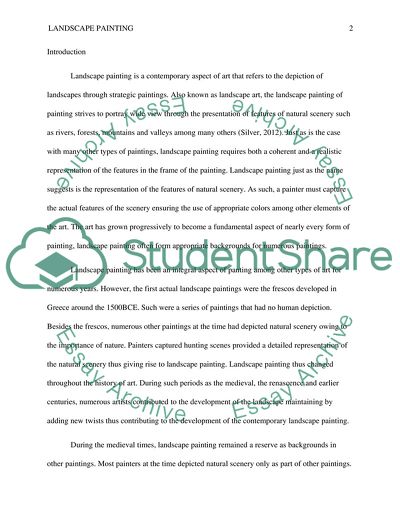Cite this document
(“The Emergence and development of landscape painting Article”, n.d.)
The Emergence and development of landscape painting Article. Retrieved from https://studentshare.org/visual-arts-film-studies/1655410-the-emergence-and-development-of-landscape-painting
The Emergence and development of landscape painting Article. Retrieved from https://studentshare.org/visual-arts-film-studies/1655410-the-emergence-and-development-of-landscape-painting
(The Emergence and Development of Landscape Painting Article)
The Emergence and Development of Landscape Painting Article. https://studentshare.org/visual-arts-film-studies/1655410-the-emergence-and-development-of-landscape-painting.
The Emergence and Development of Landscape Painting Article. https://studentshare.org/visual-arts-film-studies/1655410-the-emergence-and-development-of-landscape-painting.
“The Emergence and Development of Landscape Painting Article”, n.d. https://studentshare.org/visual-arts-film-studies/1655410-the-emergence-and-development-of-landscape-painting.


